Ever sat down to start a new series and scrolled past descriptions like “Neo-Noir Psychological Thriller” or “High Fantasy Adventure”? Don’t worry—you don’t need a film degree to figure out what you’re watching.
A genre is simply the basic blueprint of a film or TV show. It’s the set of expectations that allows a story to resonate. When the lights dim on an Action movie, you expect heart-stopping stunts; if it’s a Rom-Com, you anticipate a meet-cute and a happily-ever-after.
At plotwit, we believe the key to smarter binging is understanding these fundamental blueprints. Knowing the core genres and their sneaky sub-genres will help you cut through the streaming clutter and find your next absolute obsession. This guide is your definitive map to the essential worlds of movies, web series, and television—the perfect resource for any dedicated viewer.
Part 1: The Core Genres—Your Blueprint for Binging
These eight genres serve as the primary foundations for nearly all modern content.
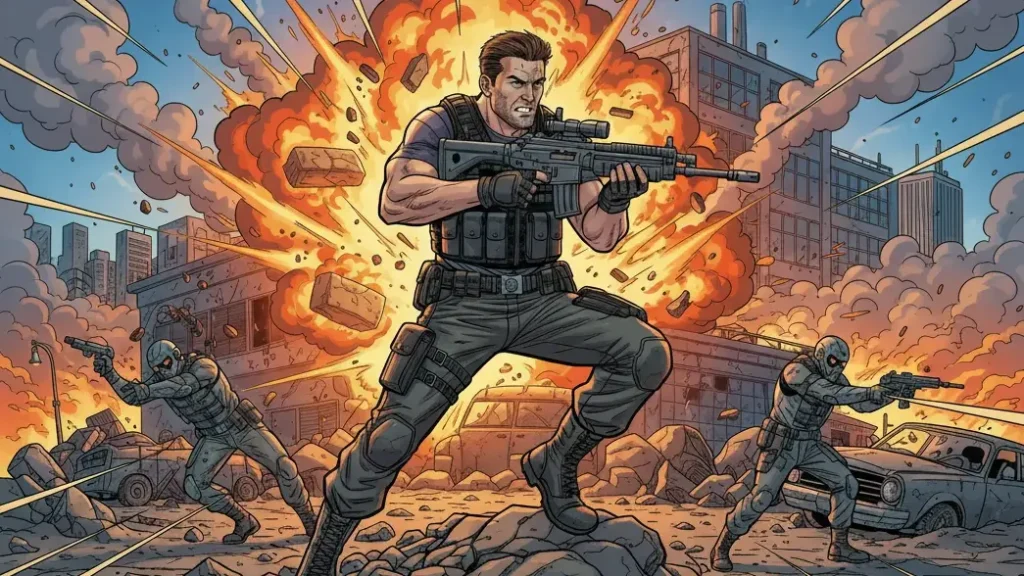
What is the Action Genre?
The Action genre is driven by kinetic energy, physical conflict, and spectacular set pieces. The story’s pacing is typically fast, with plot often taking a backseat to choreographed fights, explosions, and high-stakes survival. The central conflict usually revolves around a protagonist overcoming immense physical odds to achieve a goal or defeat an overwhelming threat.
The Evolution of Action
Action has evolved from the simplistic shootouts of early cinema to hyper-stylized spectacles. The rise of franchises like the Marvel Cinematic Universe (MCU) and Fast & Furious demonstrates how the genre has scaled up, often incorporating elements of fantasy, spy thrillers, and disaster movies. Modern action thrives on two key styles: the global espionage of James Bond and the intimate, visceral realism popularized by the John Wick franchise. In Indian cinema, high-octane action films like Pathaan and War showcase how action choreography and large-scale, international settings have become central to blockbuster appeal, merging the spy thriller elements with maximalist spectacle.
Key Action Sub-Genres:
- Martial Arts: Focuses heavily on realistic and often graceful hand-to-hand combat and training (e.g., Cobra Kai, Ip Man).
- Spy/Espionage: Centered on secret agents, intelligence operations, and betrayal (e.g., The Night Manager, Mission: Impossible).
- Heroic Bloodshed: Defined by highly stylized, balletic violence, typically featuring themes of loyalty, honor, and redemption (e.g., the works of John Woo).
- Disaster Films: The conflict comes directly from a large-scale, often natural, catastrophic event (e.g., The Day After Tomorrow).
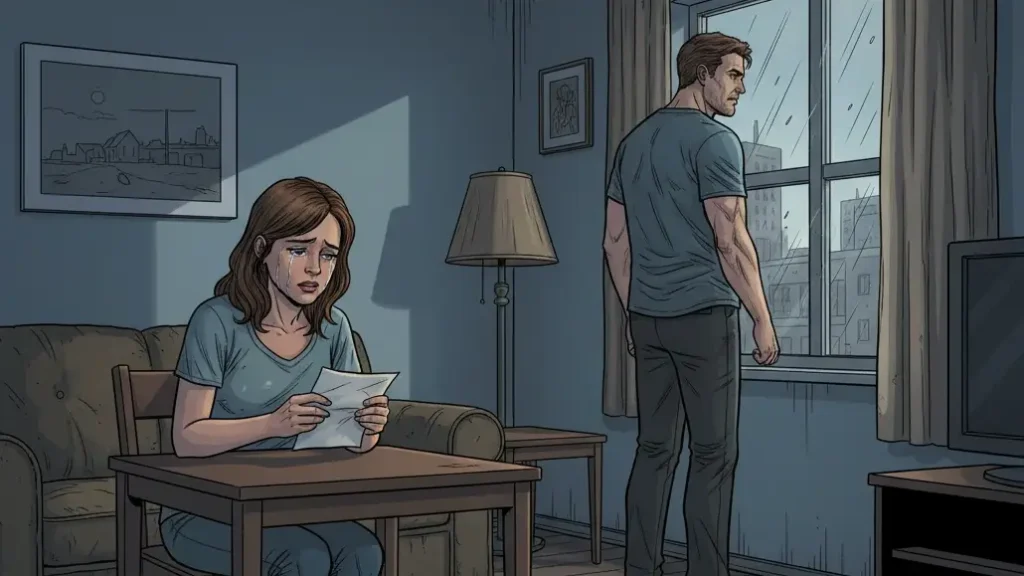
Exploring the Drama Genre: Character and Conflict
The Drama genre is focused on character development and the exploration of realistic emotional, social, or historical conflicts. Unlike action, the stakes are almost always personal and internal, revolving around relationships, ethical dilemmas, or the pursuit of a goal. The power of drama lies in its relatability and its ability to reflect the complexity of the human experience.
The Evolution of Drama
Historically, drama provided moral lessons. Today, it offers nuanced, often ambiguous views of life. Prestige TV has made the drama genre its cornerstone, allowing for complex, multi-season character arcs that delve deep into psychology and power dynamics (e.g., Succession and Breaking Bad). The rise of streaming services has allowed for the creation of intricate limited series that feel cinematic in scope. In Bollywood, films like Gully Boy exemplify social drama, using the backdrop of poverty and the hip-hop scene to explore themes of ambition, class barriers, and personal identity with raw, compelling emotion.
Key Drama Sub-Genres:
- Historical/Period Drama: Set during a specific time in the past, often focusing on accuracy in costume, setting, and politics (e.g., The Crown, Downton Abbey).
- Biopic: Dramatizes the life story of a real person, focusing on defining moments or achievements (e.g., Oppenheimer).
- Coming-of-Age (Bildungsroman): Tracks a young protagonist’s journey from innocence to maturity, often dealing with themes of identity and first love (e.g., Boyhood).
- Social Drama: Directly tackles contemporary social issues, systemic inequalities, or political controversies (e.g., 12 Years a Slave).
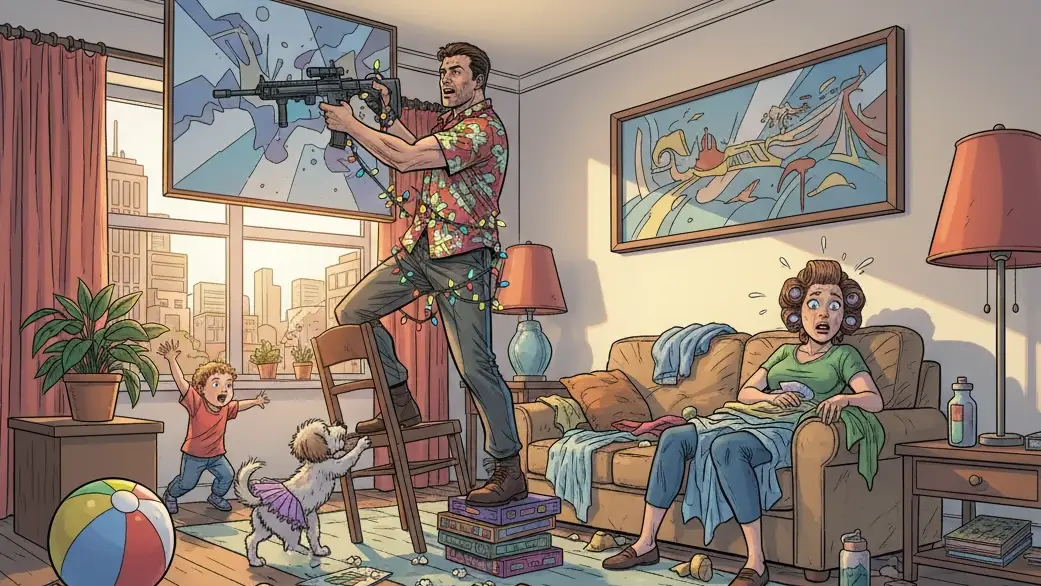
The Comedy Genre: Why We Need the Laugh
The sole purpose of Comedy is to amuse and entertain. It is perhaps the most versatile genre, easily blending with almost every other type of story. While some comedies are purely lighthearted, others use humor as a vehicle for sharp social commentary.
The Evolution of Comedy
Comedy has moved beyond the simple sight gags of Slapstick (think Charlie Chaplin) to sophisticated, character-driven humor. The proliferation of streaming content has popularized niche comedy, including observational, cringe, and meta-comedy, which often satirizes the conventions of other genres. The rise of the mockumentary format (e.g., The Office) showcases a subtle, performance-based humor. Classic Indian comedies like Hera Pheri remain timeless because they successfully blend situational chaos, farcical plots, and memorable characters, proving the enduring appeal of high-stakes, slapstick-infused humor.
Key Comedy Sub-Genres:
- Romantic Comedy (Rom-Com): Blends humor with the pursuit of love, typically following a predictable structure of “meet-cute,” obstacles, and reconciliation.
- Dark/Black Comedy: Uses humor to tackle taboo or serious subjects like death, mental illness, or tragedy, often to expose absurdity (e.g., Fargo, Barry).
- Parody/Spoof: Directly mocks specific films, genres, or tropes (e.g., Scary Movie, Spaceballs).
- Screwball Comedy: Defined by fast-paced, witty dialogue and absurd, zany situations, often involving a clash between social classes or genders (e.g., classic films like His Girl Friday).
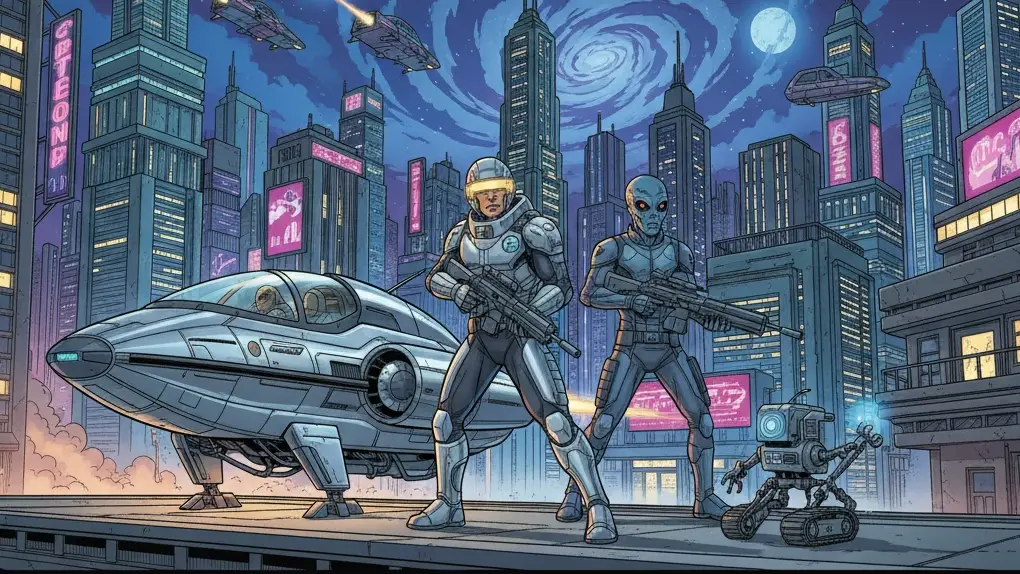
Sci-Fi: What If? The Philosophy of Science Fiction
Science Fiction uses speculative, often futuristic, scientific advances or technologies as its backdrop to explore philosophical or sociological questions. It is a genre of “what if,” where the setting itself is a thought experiment. The defining line between Sci-Fi and Fantasy is the focus on rational, though sometimes theoretical, scientific explanation.
The Evolution of Sci-Fi
Sci-Fi has transitioned from simple “bug-eyed monster” B-movies to deeply complex, prestige storytelling. Modern Sci-Fi often uses future worlds to critique our present one, focusing less on gadgets and more on existential questions about technology, ethics, and humanity. Shows like Black Mirror and Westworld highlight this shift to near-future dystopian commentary, using high-tech settings to examine very human flaws. The genre is constantly pushing boundaries, predicting or commenting on advancements in AI, space travel, and climate change, making it one of the most intellectually engaging blueprints for binging.
Key Sci-Fi Sub-Genres:
- Dystopian: Features a seemingly perfect society that is revealed to be deeply flawed or oppressive, serving as a cautionary tale (e.g., The Handmaid’s Tale).
- Cyberpunk: Blends high-tech environments with low-life societal structures, focusing on artificial intelligence, transhumanism, and corporate domination (e.g., Altered Carbon).
- Space Opera: Grand, large-scale adventures often set in deep space, usually involving interstellar empires and dramatic conflict (e.g., Star Trek).
- Post-Apocalyptic: Set after the collapse of civilization due to a catastrophe, focusing on survival and rebuilding (e.g., The Last of Us).
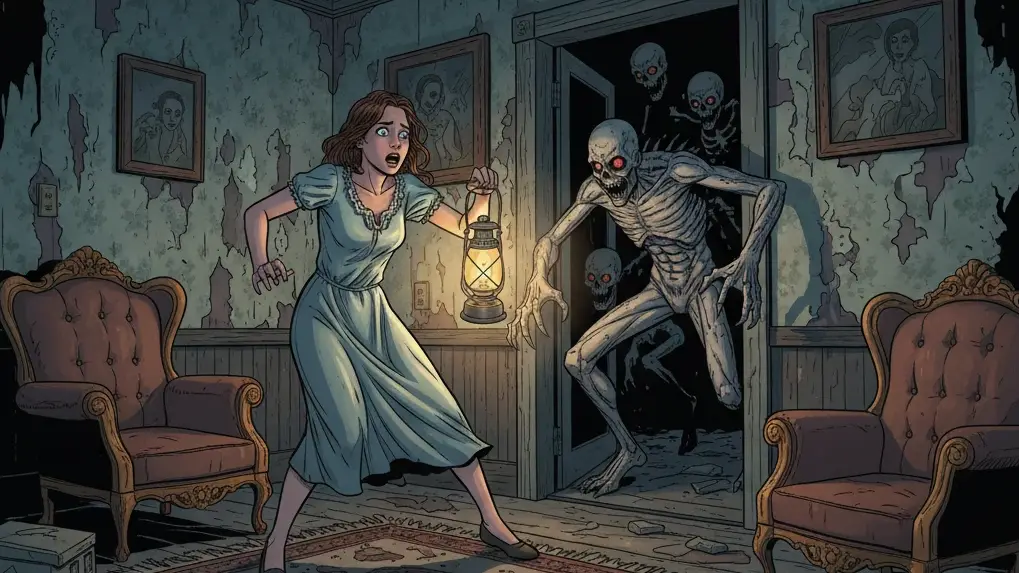
The Horror Genre: Confronting Our Deepest Anxieties
The Horror genre is designed specifically to elicit feelings of fear, dread, and anxiety for entertainment. It taps into primal human fears, relying heavily on atmosphere, tension, and shocking imagery rather than just suspense. Horror often works by showing us the world is not safe and that chaos is always possible.
The Evolution of Horror
In recent years, the genre has moved past simple gore to embrace intellectual terror. “Elevated Horror” is a contemporary term for films that use horror tropes to explore deeper themes of trauma, grief, and social commentary, proving that horror can be both terrifying and deeply meaningful. The genre continues to reinvent itself, from jump-scare heavy franchises to slow-burn psychological terrors, forcing audiences to look inward as much as outward. The key to a great horror narrative is the feeling of helplessness the audience shares with the protagonist.
Key Horror Sub-Genres:
- Supernatural Horror: Threats involve forces outside natural law—ghosts, demons, or curses (e.g., The Haunting of Hill House).
- Psychological Horror: The terror stems from the character’s unstable mental state, internal conflict, or unreliable perception of reality (e.g., The Babadook).
- Slasher: Features a mysterious, often masked killer targeting a group, typically young people (e.g., Scream, Halloween).
- Body Horror: Focuses on the graphic destruction, degradation, or transformation of the human body (e.g., the works of David Cronenberg).
- Found Footage: Films presented as if they are discovered, non-fictional recordings, adding a layer of pseudo-realism (e.g., The Blair Witch Project).
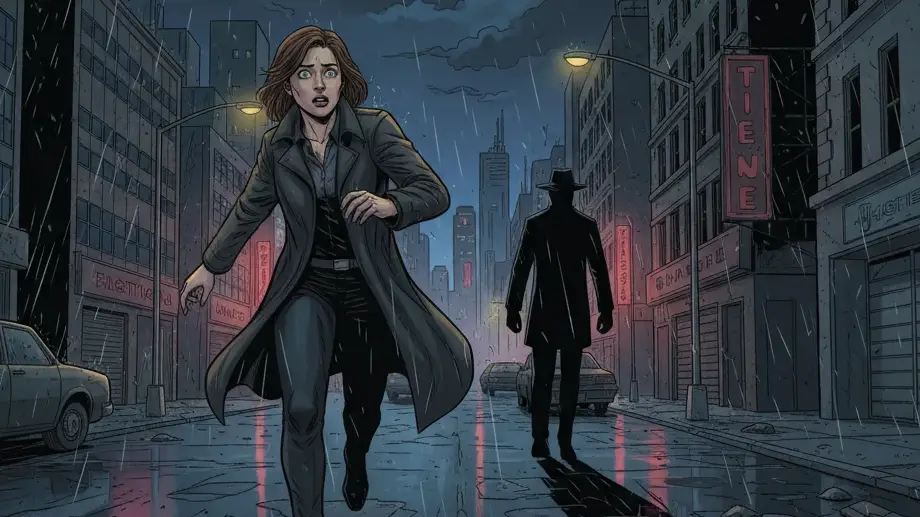
Thriller and Suspense: The Power of Impending Doom
While often confused with Action or Horror, the Thriller focuses fundamentally on suspense and anxiety—the feeling of impending doom. The protagonist is usually racing against time to prevent a terrible outcome or solve a mystery before it’s too late. The emotional drive is anticipation and tension, sustained over the entire runtime.
The Evolution of the Thriller
The genre has become highly adaptable, with most modern thrillers being cross-genre (e.g., action-thriller, sci-fi thriller). The success of web series has allowed thrillers to extend their suspense over multiple episodes, turning binge-watching into an exercise in high-anxiety plot anticipation. Whether the threat is political, psychological, or criminal, the audience is placed squarely in the mind of the protagonist, desperately trying to catch up to a secret or stay ahead of an enemy. The pacing is meticulous, ensuring that tension builds with every clue uncovered and every close call survived.
Key Thriller Sub-Genres:
- Neo-Noir: A modernized version of the classic Noir style, retaining cynical characters and morally complex plots but using contemporary settings and techniques (e.g., Drive).
- Conspiracy Thriller: The protagonist uncovers a plot involving powerful organizations or governments (e.g., Three Days of the Condor).
- Erotic Thriller: Suspense built around high-risk, often dangerous romantic relationships and sexual intrigue (e.g., Fatal Attraction).
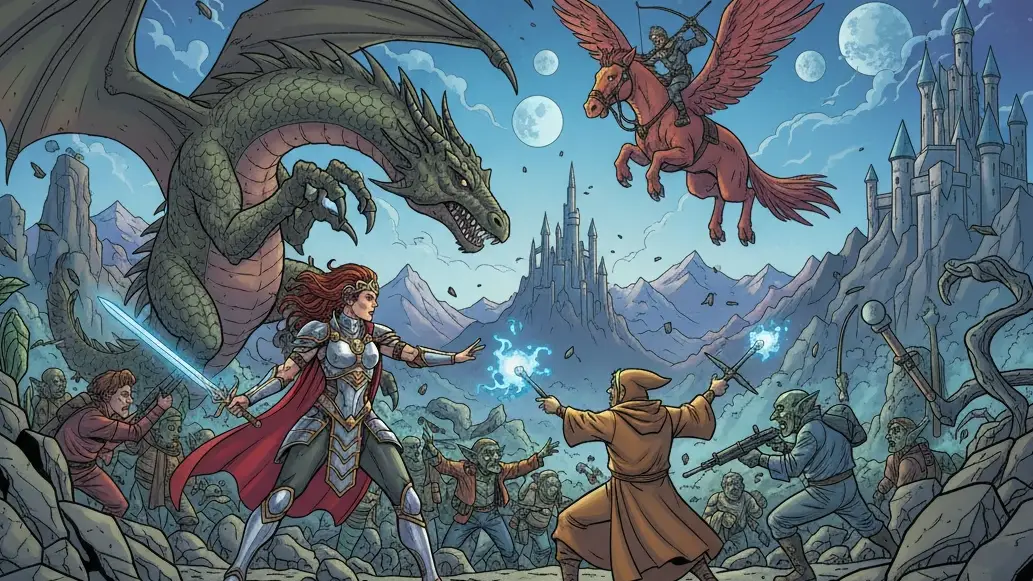
The Fantasy Genre: Magic, Myths, and World-Building
Fantasy narratives are not bound by reality. They transcend natural laws, integrating magic systems, mythical creatures, and often elaborate fictional histories. It is the genre of imagination and escape, where the fundamental rules of the world are different from our own.
The Evolution of Fantasy
The genre exploded into the mainstream with the success of The Lord of the Rings and Harry Potter. On television, Game of Thrones popularized the Dark Fantasy and Low Fantasy styles, bringing a grounded, politically complex, and morally grey sensibility to what was once considered a purely escapist genre. Indian cinema has long embraced spectacle fantasy; epic films like Baahubali masterfully blend mythological themes, historical grandeur, and stunning visual effects, proving that world-building and scope are key to the genre’s appeal.
Key Fantasy Sub-Genres:
- High/Epic Fantasy: Set entirely in a secondary, separate world with its own history, languages, and magic (e.g., The Witcher).
- Urban Fantasy: Introduces magical elements or creatures into a recognizable, modern-day city setting (e.g., The Magicians).
- Sword and Sorcery: Features heroes engaged in personal quests, often battling supernatural forces with minimal world-building compared to Epic Fantasy (e.g., Conan the Barbarian).
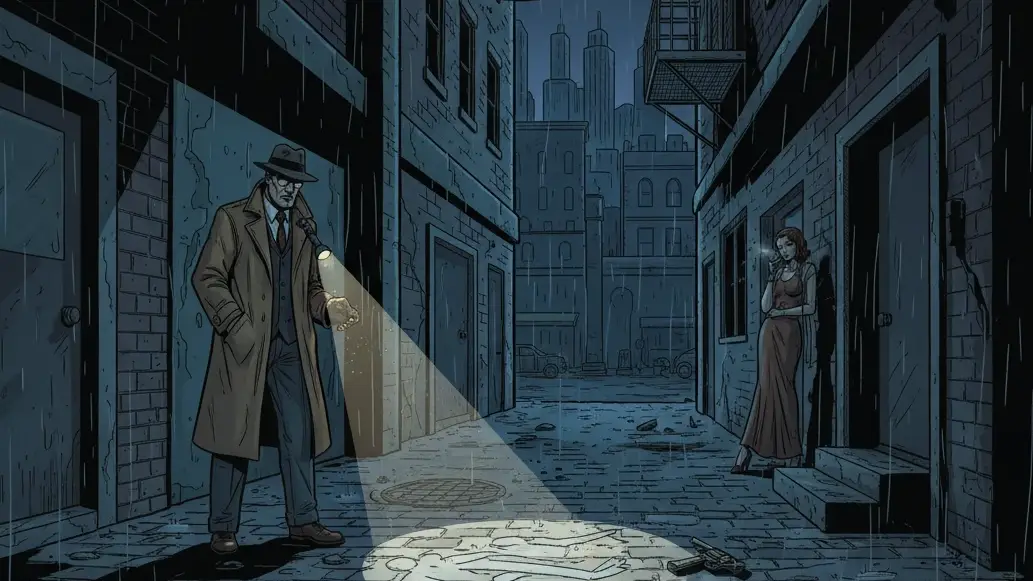
Mystery and Crime: Solving the Ultimate Puzzle
The central drive of the Mystery/Crime genre is the gradual process of uncovering a secret, identifying a perpetrator, or solving a crime. The narrative structure is built around clues, suspects, and the final reveal. The detective or investigator is the audience’s proxy, and we are invited to solve the puzzle alongside them.
The Evolution of Mystery
The classic Whodunnit structure has been refreshed by modern anthologies and streaming series that focus on the emotional toll and psychological profiles of both the detective and the criminal (e.g., True Detective). The genre’s core appeal lies in the intellectual challenge it presents; the audience is actively engaged in pieceing together the evidence, making every plot twist a satisfying ‘a-ha!’ moment. Investigators themselves are diverse—from the grizzled, world-weary police officer to the brilliant but often flawed amateur sleuth. Contemporary crime narratives sometimes flip the script, showing the audience the perpetrator early (a ‘Howcatchem’ style) and focusing instead on how they are caught. This genre delivers the ultimate payoff in narrative resolution.
Key Mystery/Crime Sub-Genres:
- Whodunnit: The classic format where a detective must identify the perpetrator from a closed circle of suspects (e.g., Knives Out).
- Procedural: Focuses heavily on the detailed, step-by-step methods of law enforcement and forensic science (e.g., CSI, Law & Order).
- Heist Film: The plot centers on the meticulous planning, execution, and often failure of a major theft (e.g., Ocean’s Eleven).
Part 2: Specialty, Historical, and Blended Genres
Not every great story fits neatly into one of the Core 8. Many operate at the intersection of two or more, or define their world by a specific time period.
Specialty Genres
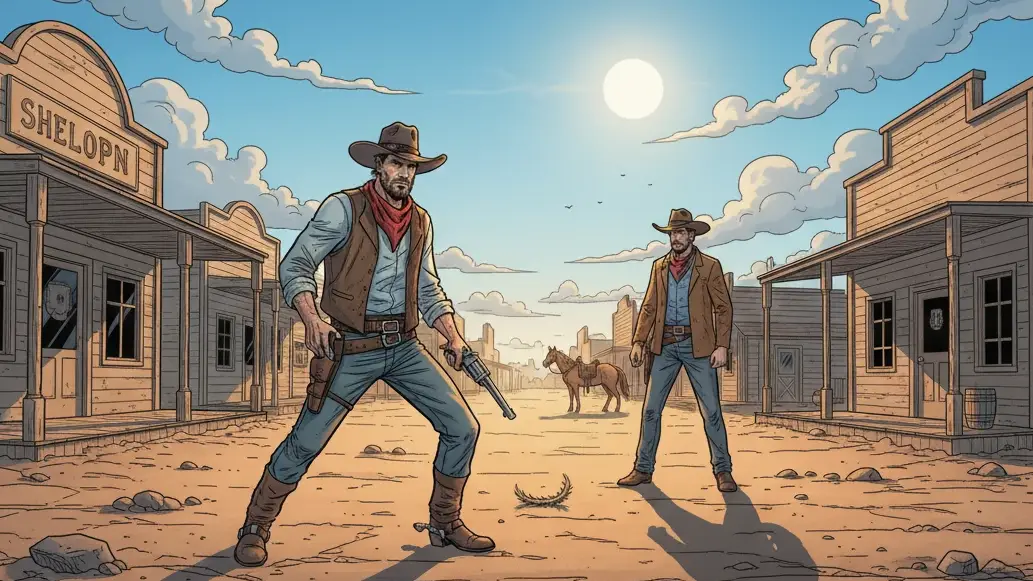
Western: The definitive American genre. Set on the American frontier in the 19th century, it explores themes of law versus anarchy, rugged individualism, and justice on the edge of civilization. Modern examples like Yellowstone are often classified as Neo-Westerns, transplanting the themes of frontier conflict to a contemporary setting.
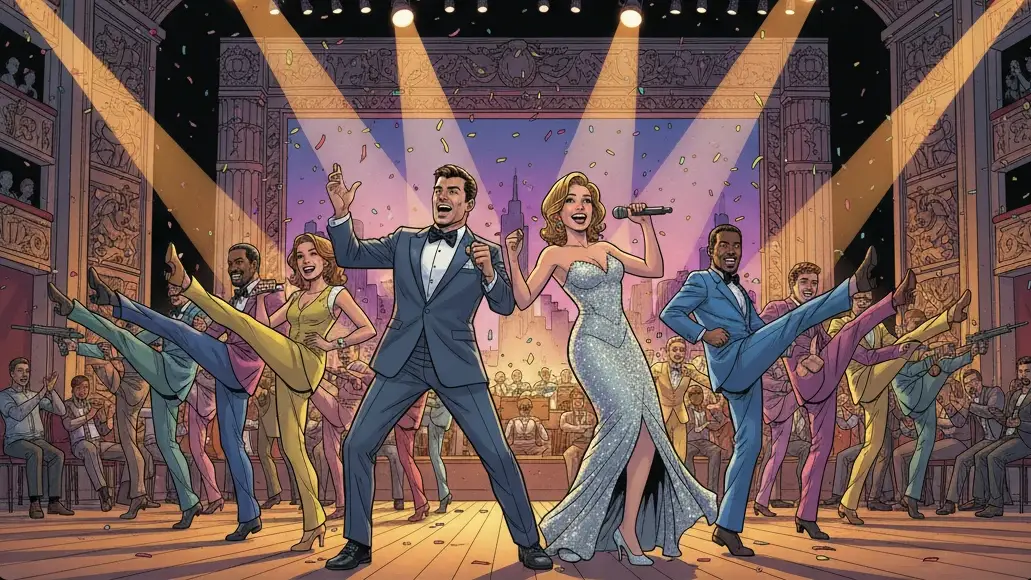
Musical: Stories where the narrative is integrated with music, with characters expressing emotion and advancing the plot through song and dance numbers (e.g., La La Land).
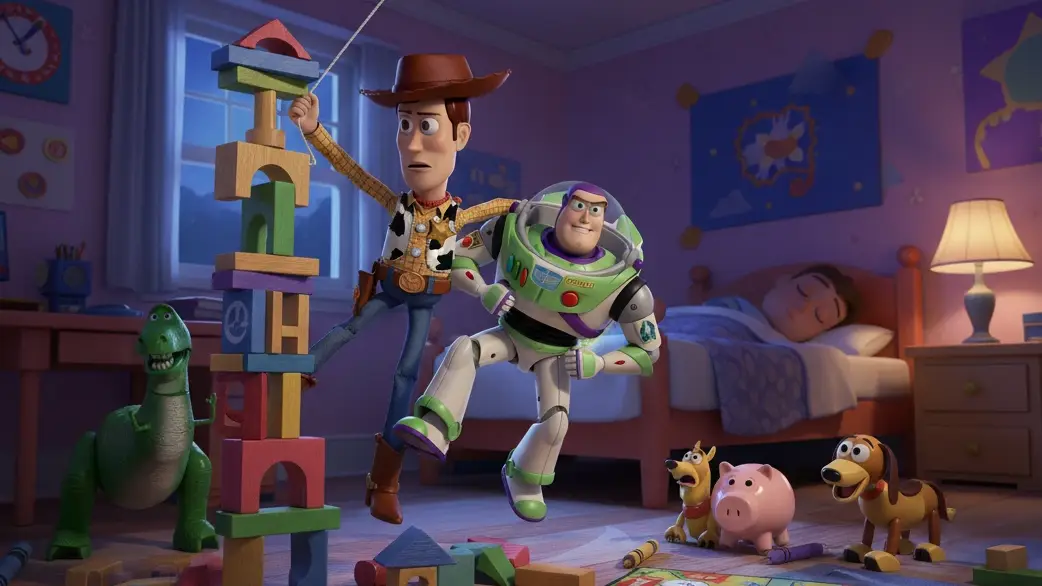
Animated: This is a medium, not a genre. Animation can encompass any genre—a cartoon can be a Sci-Fi Action film or a Coming-of-Age Drama. The power of animation lies in its ability to create impossible visuals and fully realized worlds (e.g., Spider-Man: Into the Spider-Verse).
The Rise of Hybrid Genres in Streaming
The most commercially successful and critically interesting works often defy a single genre label. Streaming has fueled the rise of the hybrid genre, where creators freely mix narrative structures to deliver something fresh.
- Action-Comedy: Uses the structure of an action film but incorporates humor to undercut the tension (e.g., Deadpool).
- Sci-Fi Horror: Combines the existential fear of space or technology with the visceral terror of the horror genre (e.g., Alien).
- Romantic Drama: Takes the relationship focus of Romance but explores complex, painful, or tragic elements, foregoing the guaranteed happy ending of a Rom-Com (e.g., The Notebook).
Part 3: The Psychology of Genre—Why We Binge
Understanding genre is also about understanding viewer psychology. Why do we gravitate toward certain types of stories?
Genre as Wish Fulfillment
- Action offers mastery—the fantasy of overcoming impossible odds through skill and will.
- Fantasy offers escape—a temporary respite from reality into a world governed by magic and clear-cut battles between good and evil.
- Horror offers catharsis—a safe space to confront and process real-life anxieties and fears, allowing us to walk away relieved that the terror was contained on screen.
Genre as a Language
Every genre has its own vocabulary. When you see a lonely detective in a dimly lit office wearing a trench coat, you know you are entering the world of Noir. When the camera switches to a shaky, handheld style, you are immediately keyed into the Found Footage sub-genre. These visual and auditory cues are powerful storytelling tools that create an instant connection with the audience.
The Role of Tropes
Genre relies heavily on tropes—familiar patterns or conventions (e.g., the “chosen one” in Fantasy, the “final girl” in Horror). While sometimes criticized, tropes are actually shortcuts that allow the writer to quickly establish the rules of the world so they can spend more time focusing on character and plot variations. A good story doesn’t avoid tropes; it subverts or elevates them.
Conclusion: The New Age of Genre Bending
The lines separating film and TV genres have never been blurrier, and that’s a great thing for viewers. Streaming has liberated creators from rigid boundaries, giving us shows that can start as a comedy, transform into a mystery, and end as a profound family drama—all within a single season.
The key takeaway for any plotwit reader is simple: use this guide as your starting point, but don’t limit yourself to the label on the box. The most exciting discoveries are often found in the overlap.
Now that you have the complete blueprint for the worlds of film and television, go forth and explore the uncharted territories of your queue.
Which genre do you binge the most—and which hybrid surprised you? Tell us in the comments or tag us on X with #plotwitgenres.


